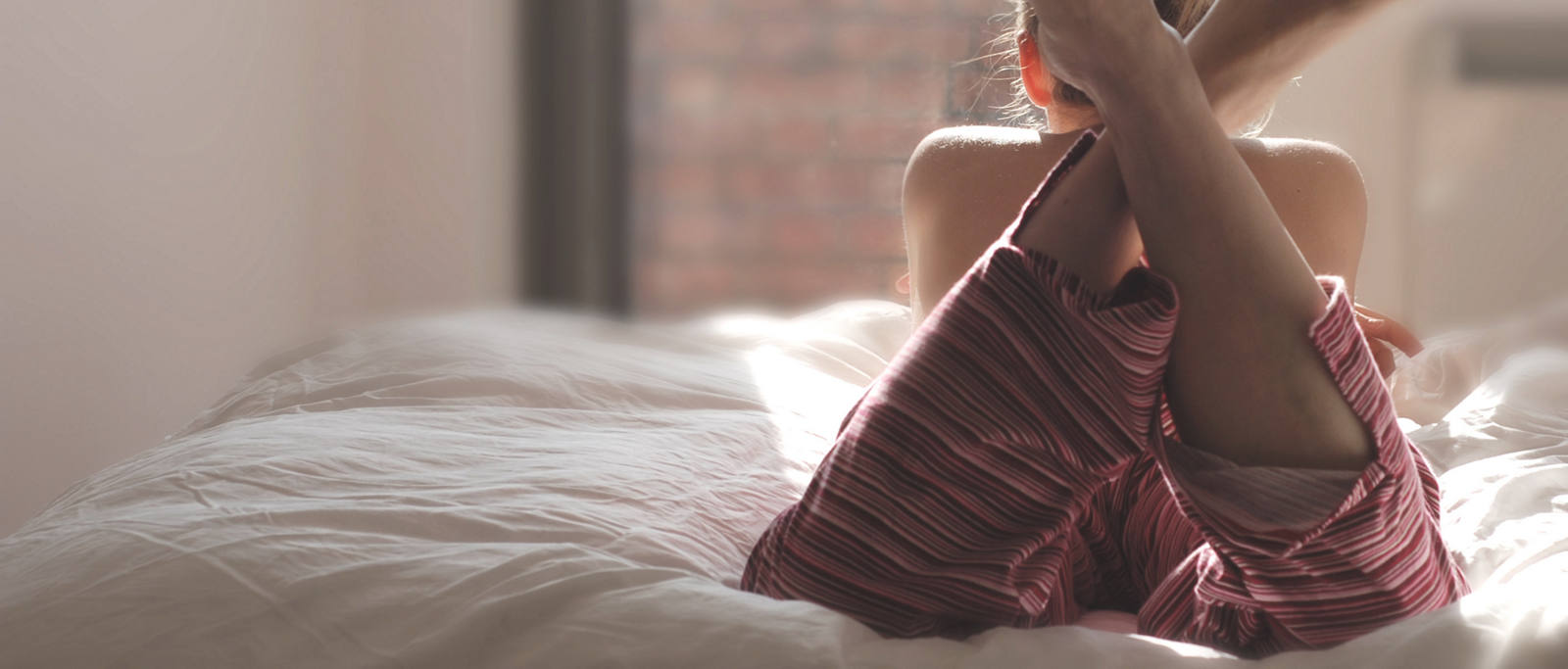Water retention: lipoedema, the little-researched disease

Fat legs despite sport and salad? Abnormal fat distribution, water retention and tension pain are all indications of lipoedema. An overview of a still largely unresearched disease that almost exclusively affects women.
Where does water retention come from?
Water retention can have a number of different causes. Before starting treatment, sufferers should consult a doctor to clarify where the water in the tissue comes from. The causes of the condition, known as oedema, can come not only from the lymphatic system, the heart or kidneys, but also from hunger. Or from a fat distribution disorder, as is the case with lipoedema. In this case, the excess fat attracts the water in the body and leads to painful tension in the tissue.
What can I do to deter water retention?
Although a healthy lifestyle and sufficient exercise have a positive impact on water retention levels, diet and exercise alone cannot prevent the pathological accumulation of fat cells, as is the case with lipoedema. However, if symptoms are mild, patients can certainly do something to counteract them. For full clarity on the condition, a medical examination is needed.
Difference between water retention and lipoedema
For doctors to classify a fat distribution disorder (lipohypertrophy) coupled with water retention in the legs (oedema) as lipoedema, the deciding factor is the simultaneous occurrence of pain. Patients report tension pain in the body’s affected extremities. The various symptoms of the condition are all connected: «The fat is like a sponge that absorbs fluid. That's where the swelling on the legs comes from,» explains Dr Birgit Wörle, founder of the Lipoedema Centre Central Switzerland at the St. Anna Hirslanden Clinic in Meggen. And because the swelling causes the skin to tighten, the result is pain. The level of pain can only be determined by the patient herself and is therefore difficult for others to comprehend.
Who gets lipoedema?
The disease has yet to be sufficiently researched, but is by no means rare. According to estimates, around five percent of women suffer from lipoedema. The hormone oestrogen is believed to be the cause and lipoedema therefore often develops during hormonal changes such as puberty, pregnancy or menopause.
The phenomenon of water retention only presents in some women, but there is always an accumulation of fat on the legs, sometimes also on the arms. It is also noticeable that the women affected are often very slim on the upper body. This is why there is sometimes talk of elephant legs or saddle bags – but this only describes the external characteristics.
Prejudices and impairments: how lipoedema affects daily life
«Many women who come to us for a consultation have a long history of suffering,» says Birgit Wörle. In the past, they sometimes didn't know for decades what the excess fat, water in the legs or painful swellings meant. Today, they are quicker to seek specialist support. But the stigma remains.
The first reaction from doctors is usually to recommend more exercise and a healthy diet. But the problem is that this doesn't get rid of the excess, oversized fat cells.
Sufferers feel guilty about this for a long time and sometimes, through frustration, even stop following a healthy lifestyle because it doesn't help anyway. But this only serves to worsen the course of the disease as a balanced diet and exercise can certainly help to reduce the rate at which lipoedema progresses.
Prejudices are one thing, impairments to everyday life another: the woman’s quality of life suffers significantly. Being touched is torturous, long periods of standing or long journeys are impossible, and it isn't uncommon for the pain to dominate everyday life. «Depressive moods are the daily norm,» says the dermatologist. Often, the pain is so pervasive that it not only weighs heavily on the women themselves, but also on their families.
Painful dimples on the legs – what can be done?
To relieve the pain, women being treated for lipoedema are prescribed skin-tight compression stockings to wear. The tailored stockings are designed to help keep the tissues compact and reduce the formation of painful dimples. This type of ‘conservative’ treatment also includes regular lymphatic drainage, a process in which a physiotherapist massages the tissues in order to relieve lymphatic congestion so that the fluid can better flow from the legs and arms back to the body.
The treatment relieves the suffering in some cases, but is quite strenuous and tedious. The stockings are anything but comfortable and must be worn every day, even in extreme summer heat. Not all women respond to this conservative treatment, and it can't combat the chronic progressive disease. «Some women find the compression stockings and lymphatic drainage just as intolerable as the lipoedema itself,» says Birgit Wörle.


